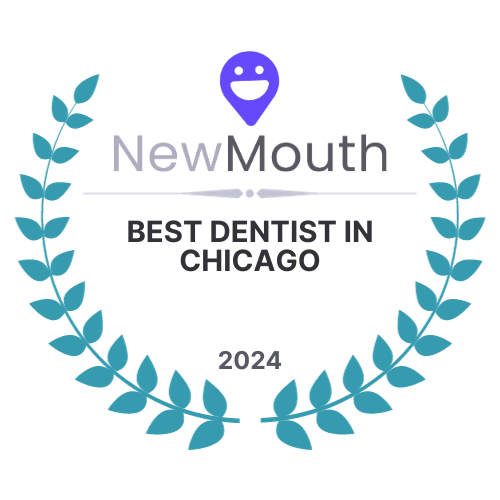Where can I find fluoride?
What is Periodontal Osseous Surgery and How Can it Help? Dental Onlays - An Alternative to Crowns?
We’ve tackled the debate on fluoride before, and it’s no surprise which side we are on. Our recommendation - and the American Dental Association’s - hasn’t changed; regular fluoride exposure is crucial to strengthening tooth enamel, preventing decay, and aid in a tooth’s natural remineralization process. We want to see you using a fluoridated toothpaste and drinking water that contains the recommended .7 mg/L fluoride (kids exposure to fluoridated toothpaste should be limited until they can effectively spit it out!).
That’s all explained thoroughly in our above link, but let’s say you’re in the know and already on board. What happens when you don’t live in a city like Chicago that fluoridates their water? Municipalities that don’t fluoridate or communities/homes that use well water may not be getting the recommended exposure. Here are some tips if you are worried that you aren’t getting enough fluoride!
- Check your filters - while many filters won’t touch fluoride, there are some processes that remove it from water and can be found in filtration systems. Reverse osmosis and activated alumina can both reduce fluoride content, so consider filters that don’t use these processes when possible.
- Research your wells - a lot of well water has some level of naturally occurring fluoride, though often it is lower than the recommendation. Your public health department should be able to direct you on getting your water tested for fluoride levels if the owner of your well does not already have this information.
- Buy the right bottled water - if you are relying on bottled water for hydration, you do have options! The International Bottled Water Association provides a list of their brands that make fluoridated water; these brands do also make non-fluoridated water, so be sure to check your labels.
- Consider alternate sources - many food and drink, such as green or black tea, contain much higher natural levels of fluoride than water, so beefing up on those may help if you are in need of more exposure. The USDA compiled a comprehensive table that can be viewed here.
The chances that you are getting not enough or just enough fluoride are exponentially higher than the chances you’re getting too much. Try one of these tips if you are worried you’re falling short, and don’t forget to talk to your dentist if you have any questions!
Find the Answers
Start your journey with Strobel Dentistry in Chicago
Parking Validation
If driving, we validate for a discounted parking rate at the following location: Interpark: 20 E. Randolph is located at the intersection of Wabash and Randolph.
We are proud to offer exceptionally experienced, compassionate, and comprehensive Chicago dental care to our patients. Contact us today or schedule an appointment online to take the first step toward your best experience and results.
